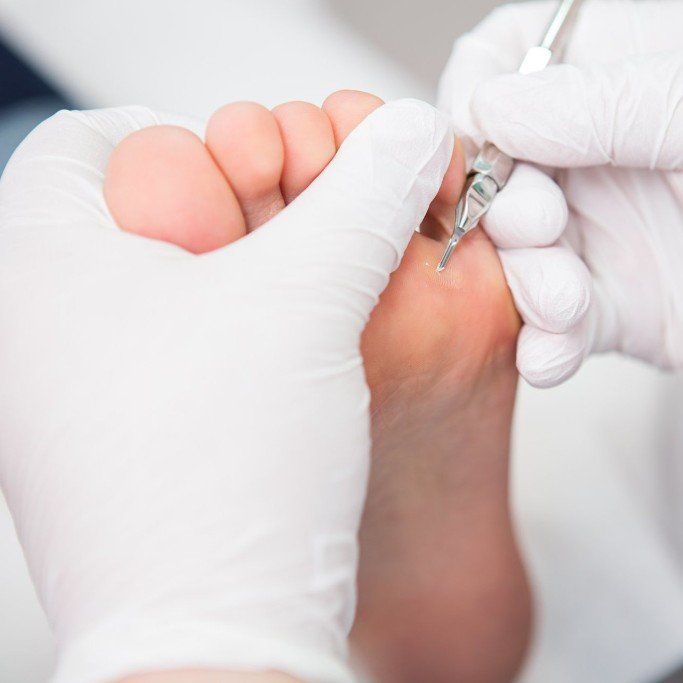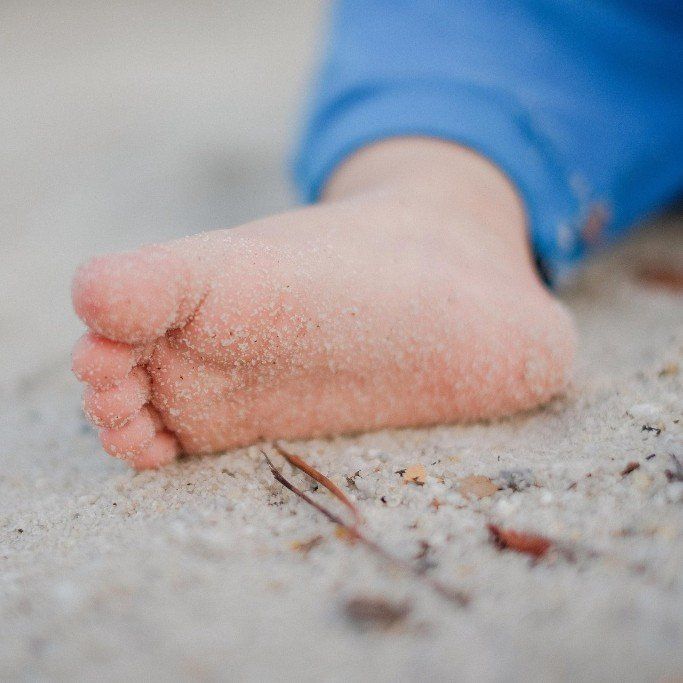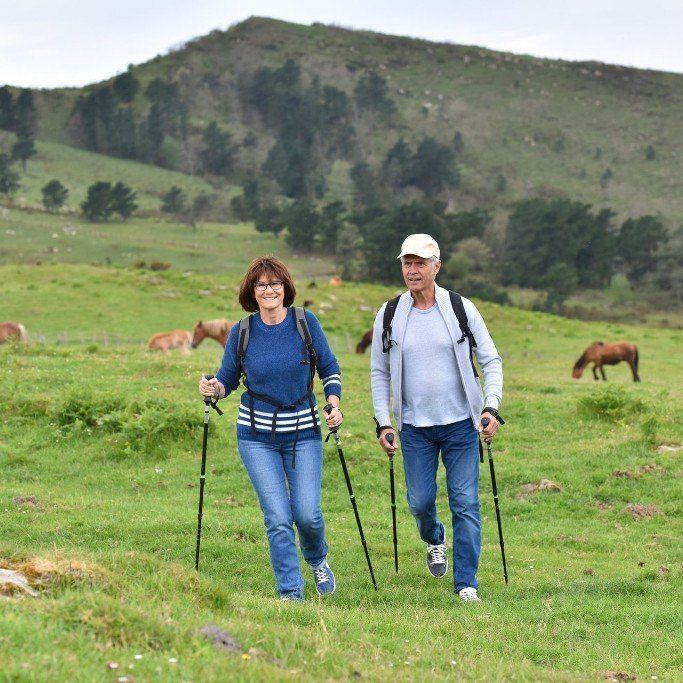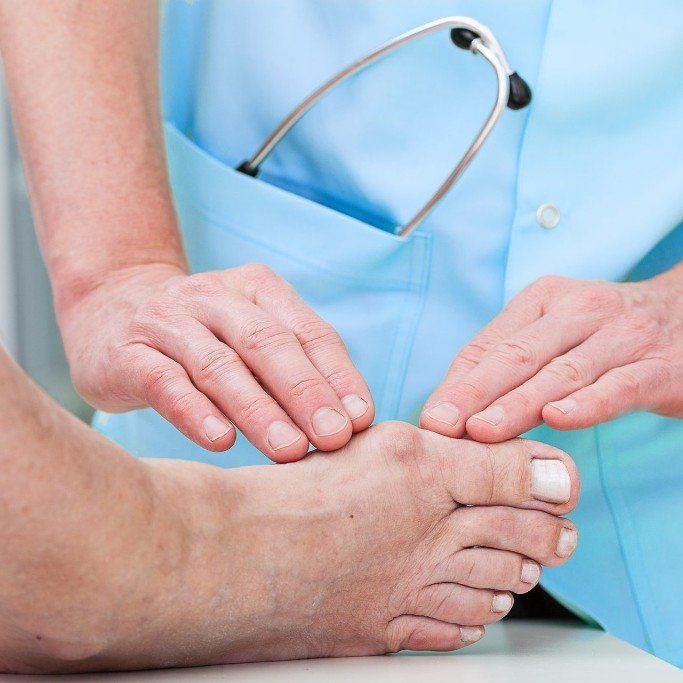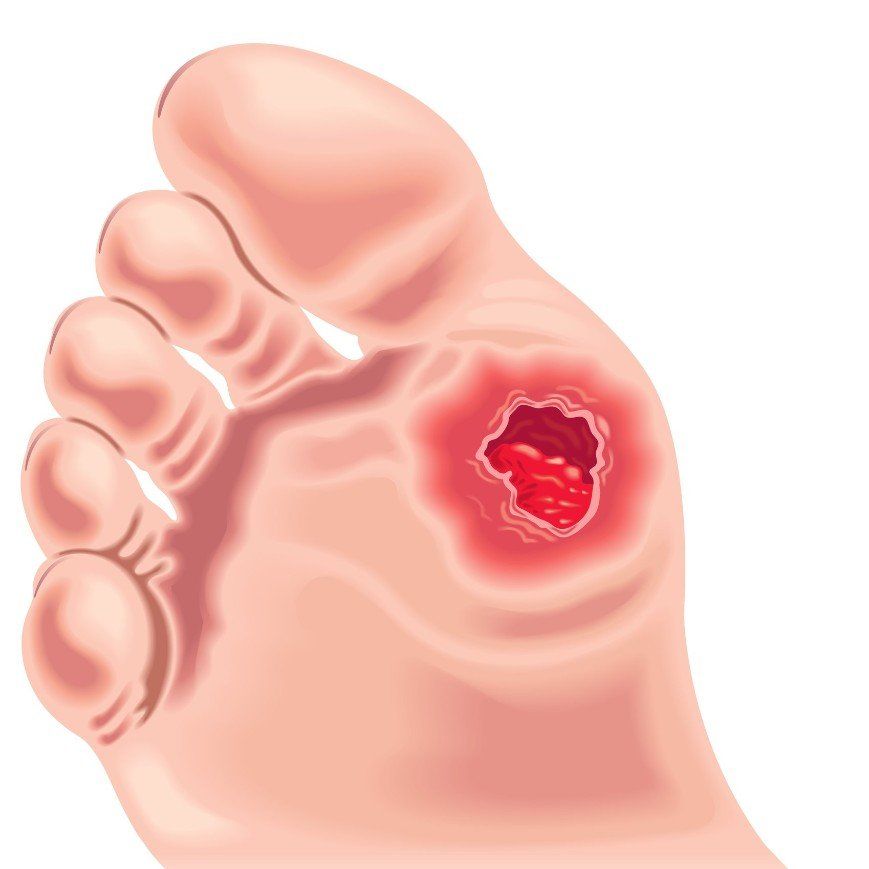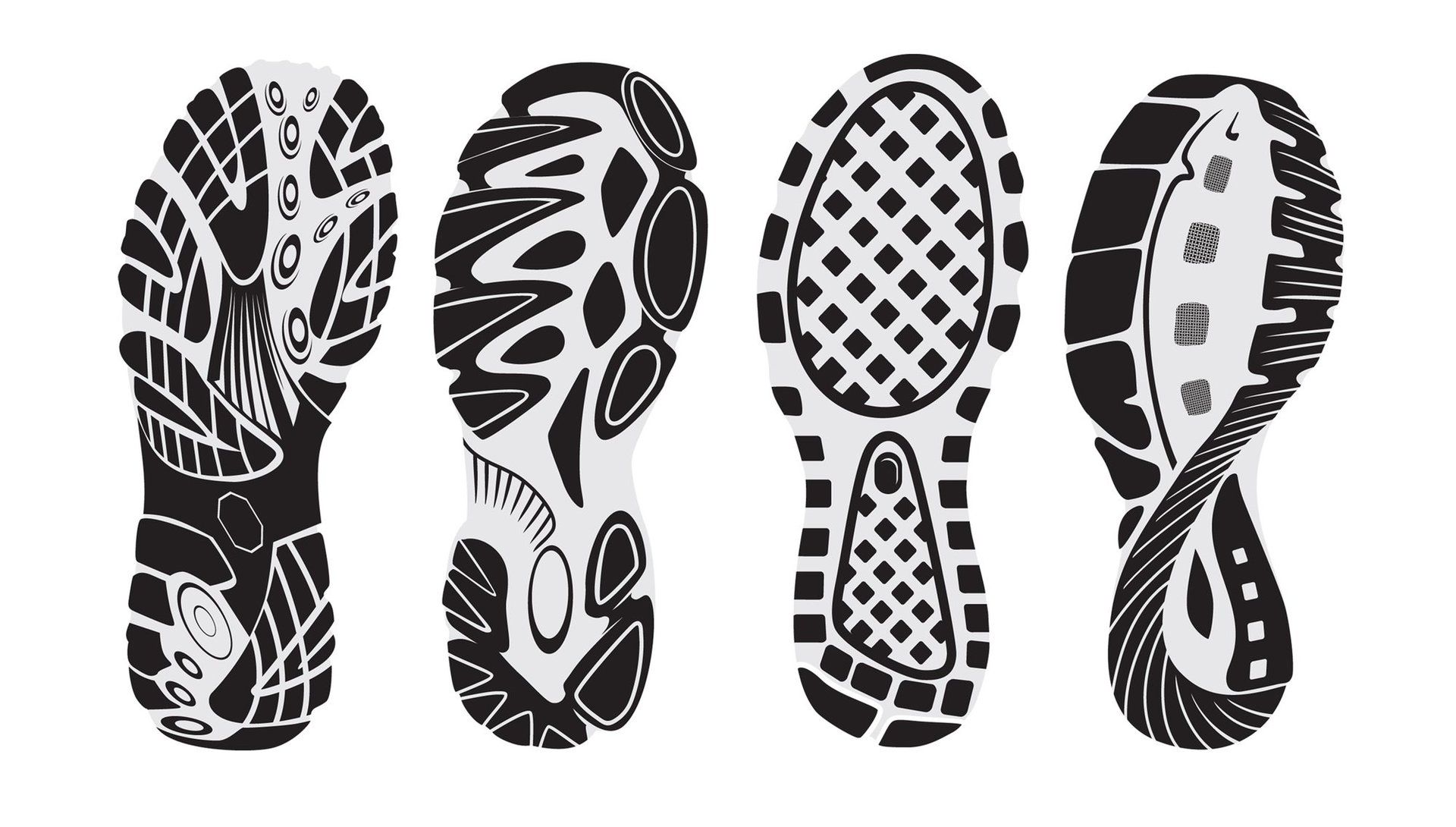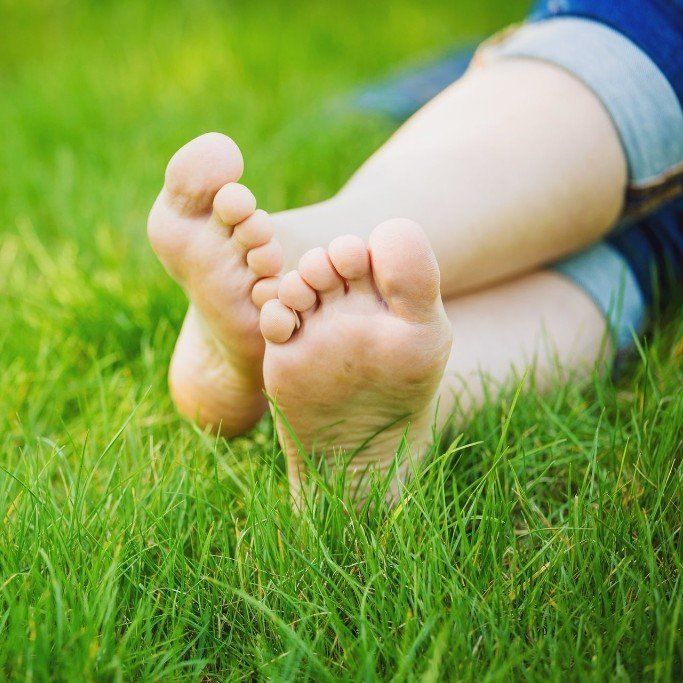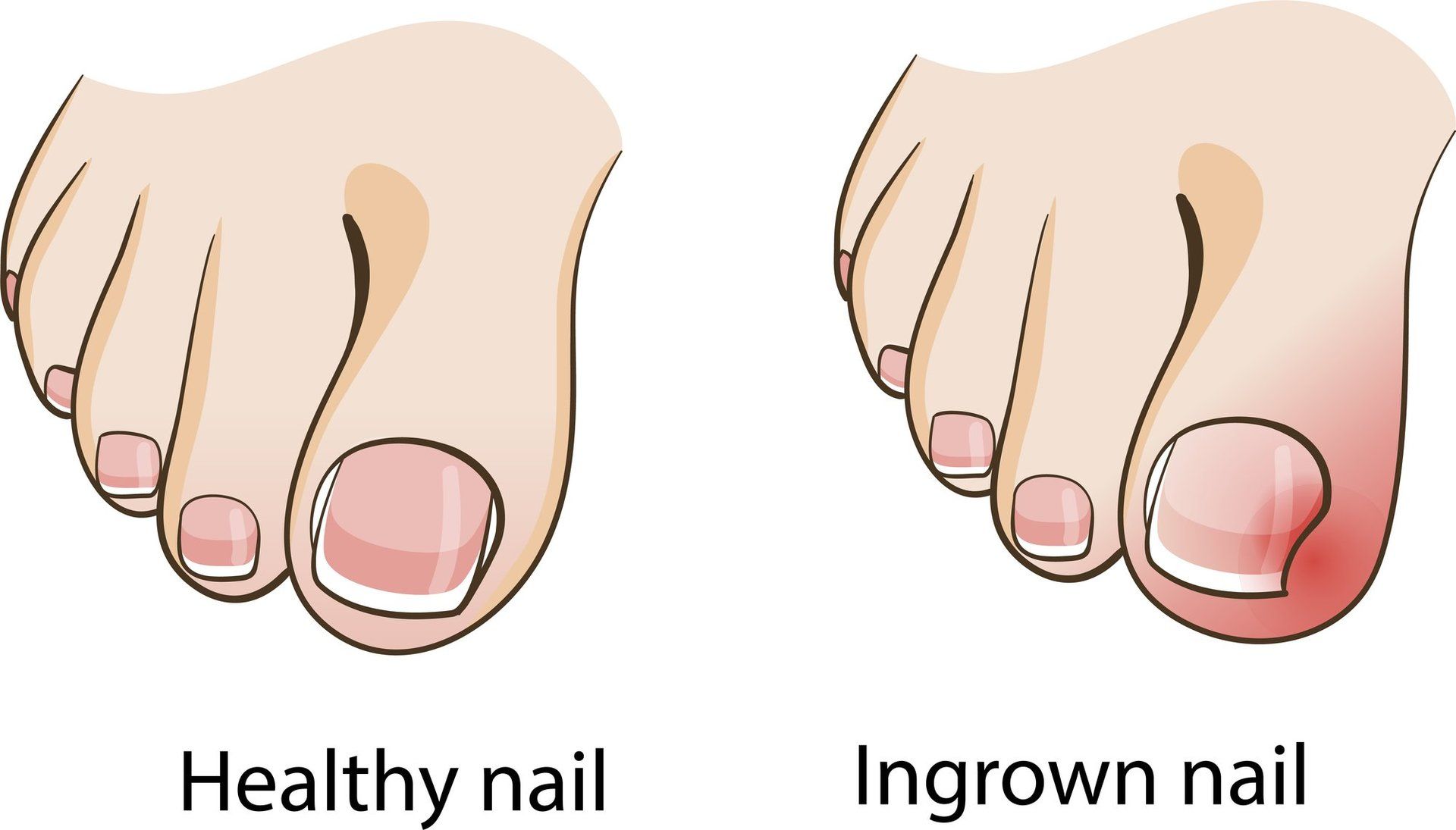FOOT CARE FOR DIABETICS
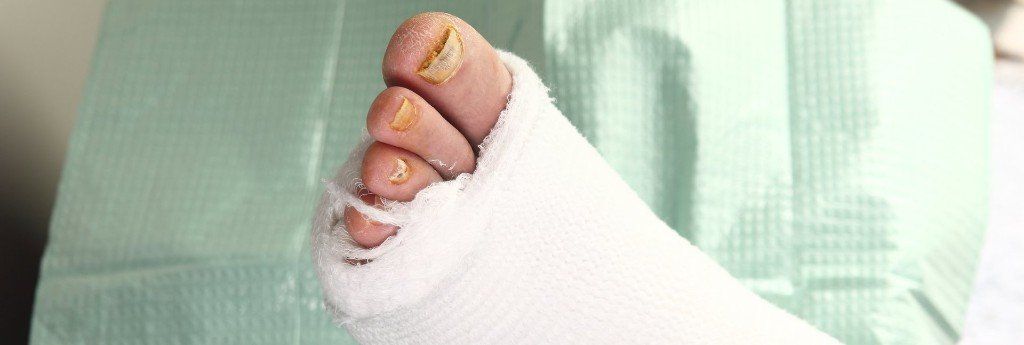
Most of us are aware that people with diabetes require special attention for their feet, but many do not know why. As foot specialists, Chiropodists deal with a wide range of issues related to diabetes on a daily basis. Much of our focus is on patient education, as we strive to prevent common complications, such as ulcers, infections and undetected trauma. Nerve damage, or neuropathy, is often described by patients as numbness, tingling, burning or dull pain. It becomes pronounced in the body’s feet, as they bear the body’s weight and are subject to external pressure by footwear. In addition to causing uncomfortable sensations, neuropathy can also affect motor nerves, causing muscle atrophy and ultimately structural / arthritic changes in the foot. The resulting changes caused by neuropathy make the diabetic patient vulnerable to injuries and ulceration as they bear weight abnormally, and have diminished sensation to detect such injuries.
Neuropathy is progressive and will become accelerated with poor blood sugar control.
Vascular disease (especially in the legs and feet) is also more prevalent in those with diabetes. Cramping in the calves, night pain, weak or absent pulses and skin changes are common symptoms. Marked thinning of the protective fatty tissue on the bottom of the feet causes increased mechanical pressure, and affected individuals frequently complain of weight bearing pain. Once again, ulceration becomes a concern as the vulnerable tissue readily breaks down. Because circulation to the tissues may be diminished, it becomes easier to develop infections, and increasingly difficult to heal them. Infections in the diabetic foot may occur at various levels and to varying degrees of severity. Simple skin infections such as fungus (Athlete’s Foot) or warts may take longer to heal due to a compromised immune response. Complicated infections develop easily in the presence of wounds/ulcers and could cause serious deep infection, osteomyelitis or gangrene if not treated by a professional.
It is advisable that every individual who has been diagnosed with diabetes (insulin dependent or non-insulin dependent) seeks the advice and care of a foot specialist. The first appointment will generally include a thorough neurological, circulatory, biomechanical and footwear assessment. Additionally the Chiropodist will provide crucial footcare education and information on the prevention of complications of the feet. Topics generally include basic foot hygiene, nail and skin care, footwear, daily routines and first aid. The assessment should be repeated once a year so that a baseline level of function and wellness may be established. Such a routine also serves to detect and document discrete changes in an effort to prevent or minimize complications.
Routine care that is provided by foot specialists include nail care, corns/callus, ingrown nails (must be treated by a professional) and infections. Chiropodists manage ulcers when they do occur, and employ various techniques to both facilitate healing and promote prevention. Custom orthotics may be prescribed for the management of painful neuropathy, arthritic changes or ulcers related to diabetes. Chiropodists are regulated primary foot health-care practitioners, who are trained exclusively to assess and treat foot problems. Chiropodists are often called upon by physicians and other health-care professionals for consultation and treatment of foot problems although a referral from a family doctor is not required.
Article by Danielle Willis used with permission from http://www.ontariochiropodist.com
